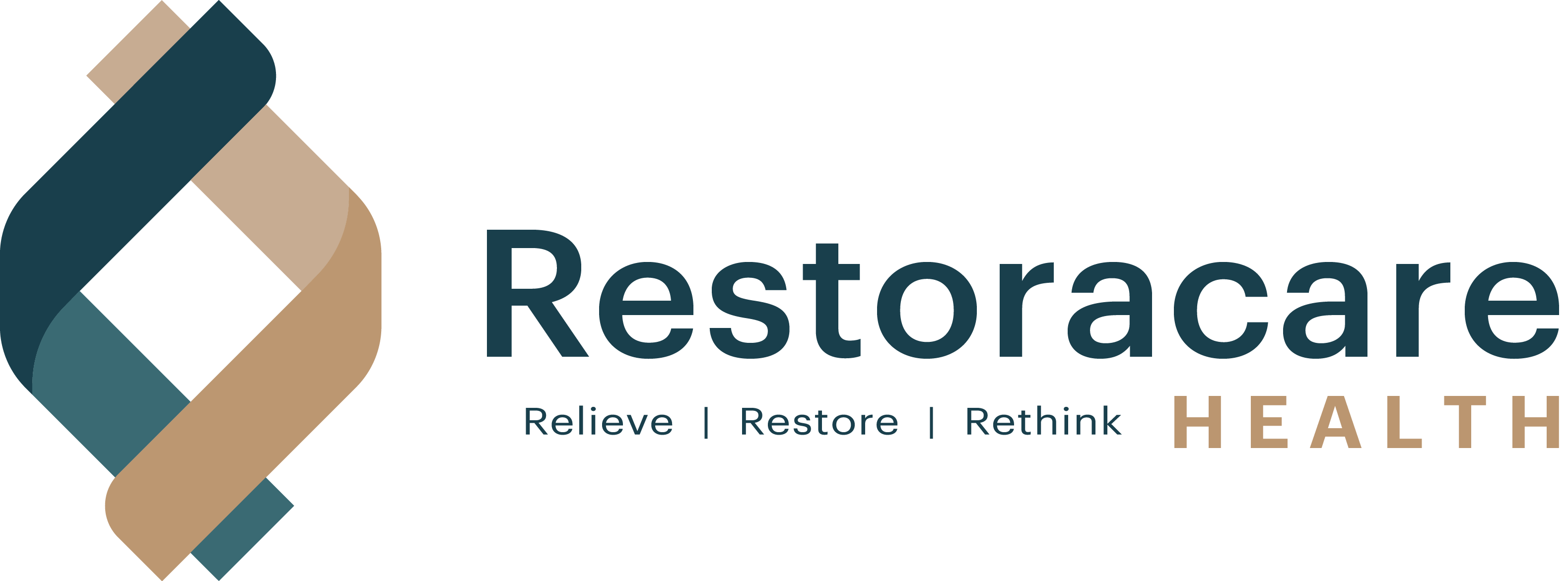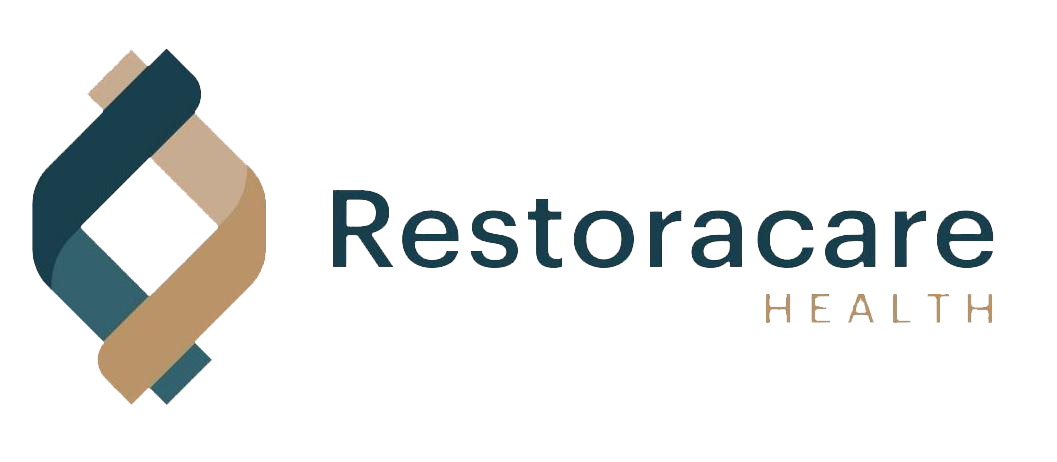Common Hip Conditions we treat



Hip Pain
Hip pain is felt in the front, side, and back of the hip area and it is often felt when lunging, squatting, and/or running. The hip joint is known as a ball and socket joint which allows hips to move in a wide range of motions and although it is very durable, problems can occur. The cartilage surrounding the joints can get worn down over time and lead to muscle strain or arthritis.
Symptoms:
• Pain in the front of the hip
• Stinging or burning pain that moves from the lower back to the thighs
• Limping/ trouble walking without pain
• Reduced movement in the hip joint
• Muscle stiffness
• Unable to apply pressure to leg
When to see a Clinician:
If you have tried over the counter medication and stretches with no relief. It may be time to see a chiropractor, physiotherapist or registered massage therapist who can correctly identify the joint or muscle causing your symptoms and provide you with immediate relief.
What treatment to Expect:
• Identifying the tight muscle(s) that is causing you the majority of your symptoms
• Loosening up the area with deep tissue therapy and joint mobilizations
• Additional rehabilitation will gradually be introduced for strengthening and prevention
• For most hip issues, expect a full recovery in 6 – 8 weeks.
Piriformis Syndrome
This condition is categorized by having symptoms commonly in the buttock/glute area and hip region. It often causes local tenderness or pain, which may sometimes radiate down towards the leg through the sciatic nerve – this often causes the back of the leg or foot to experience numbness or tingling. The function of the piriformis is to assist in rotating the hip and turning the leg and foot outward, however if there is tightness in this area, symptoms will arise.
Symptoms:
• Dull ache in the buttock or hip region
• Pain down the back of the thigh
• Painful to walk upstairs or uphill
• Pain after sitting for a long time
• Limited range of motion with the hips
When to see a Clinician?
• Experiencing pain or loss of function
• Activities are limited due to pain
• If pain gets worse or unbearable
What treatment should you expect?
• Identifying the tight muscle(s) that is causing you the majority of your symptoms
• Loosening up the area with deep tissue therapy and joint mobilizations
• Additional rehabilitation will gradually be introduced for strengthening and prevention
• For most piriformis syndromes, expect full recovery in 4 – 8 weeks.


